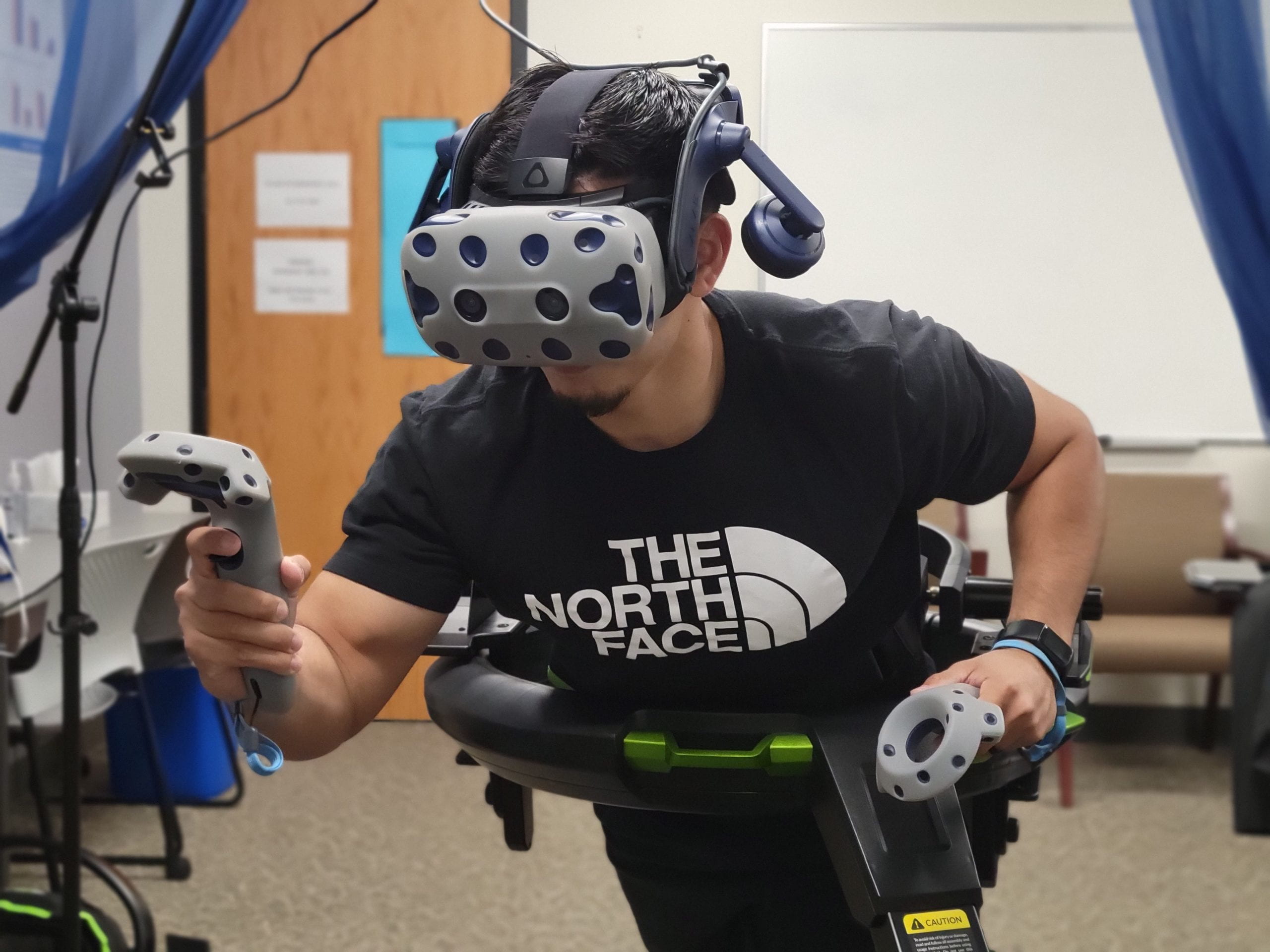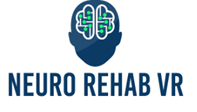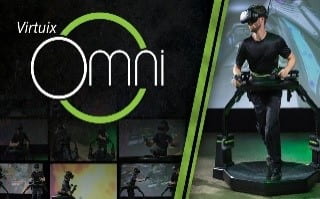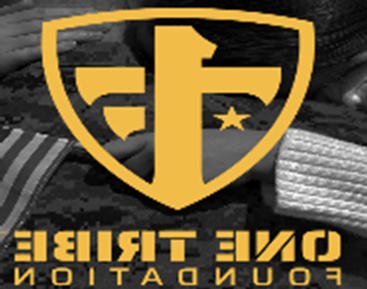
The MPAE Lab has been implementing various innovative Neuromotor VR Rehabilitation Therapy in individuals with various physical or neurological conditions. Utilizing the various Virtuix Omni VR games and Neuro-rehab VR System, MPAE Lab developed research and community service projects specifically for promoting physical activity, neuromotor function (i.e., balance, gait, range of motion) and cardiovascular health. These games can make therapy more enjoyable and engaging, encouraging individuals to actively participate in their rehabilitation process.
Neuro-rehab VR System is the FDA Registered Virtual Reality Modality targeted on neurological rehabilitation, balance improvement training as well as cognitive therapy suited for variety of conditions. Improving Upper Extremity/Lower Extremity/Trunk/Cervical function, Chronic Pain, Anxiety, Cognition, Balance, ADL performance, and more has never been easier. The evidence-based therapeutic VR games can adapt to the individual’s abilities, making rehabilitation exercises more personalized and ensuring that individuals are appropriately challenged without becoming overwhelmed.
The Virtuix Omni is a cutting-edge omnidirectional treadmill designed to provide users with an immersive and interactive experience for both training and entertainment. Positioned as the “highest performing, most reliable treadmill experience,” the Virtuix Omni offers unique features and capabilities that distinguish it in the realm of virtual reality (VR) and immersive technology. Check the Virtuix Omni — MACE Virtual Labs (macevl.com)
Key Features:
- Directional Movement:
- The Virtuix Omni enables users to move freely in any direction within a virtual environment.
- It supports natural walking, running, and strafing motions, allowing for a more realistic and engaging experience.
- Full-Body Engagement:
- Unlike traditional treadmills, the Virtuix Omni engages the entire body in the virtual experience.
- Users can physically navigate the VR space, promoting a sense of presence and physical activity.
It’s important to note that while VR-based exercises show promise in neuromotor rehabilitation, their effectiveness may vary depending on the individual’s specific condition and needs. As with any rehabilitation program, it’s crucial for individuals to work with healthcare professionals, such as physical therapists or occupational therapists, who can tailor the VR interventions to their unique circumstances and monitor progress over time.
Here are some research projects in which VR is being used for neuromotor rehabilitation and cardiovascular health.


If you are interested in participating in our study, please click the links below to complete the study consent and screener questions:
V-TARGET Study: Click Here
V-RATE Study: Click Here



